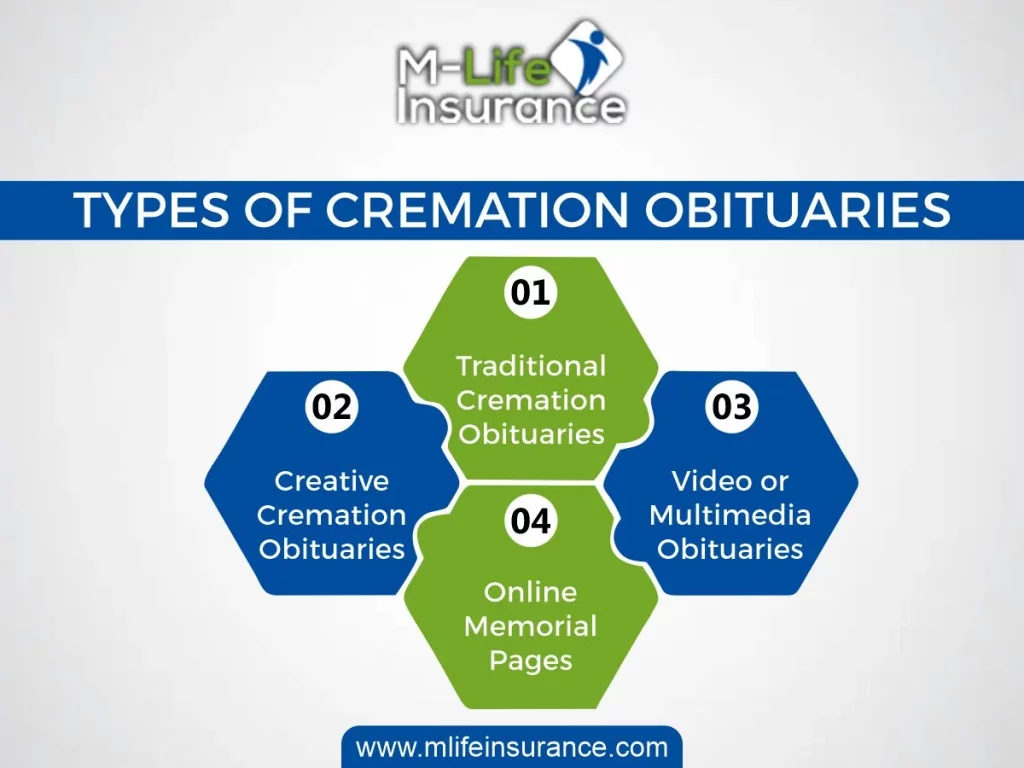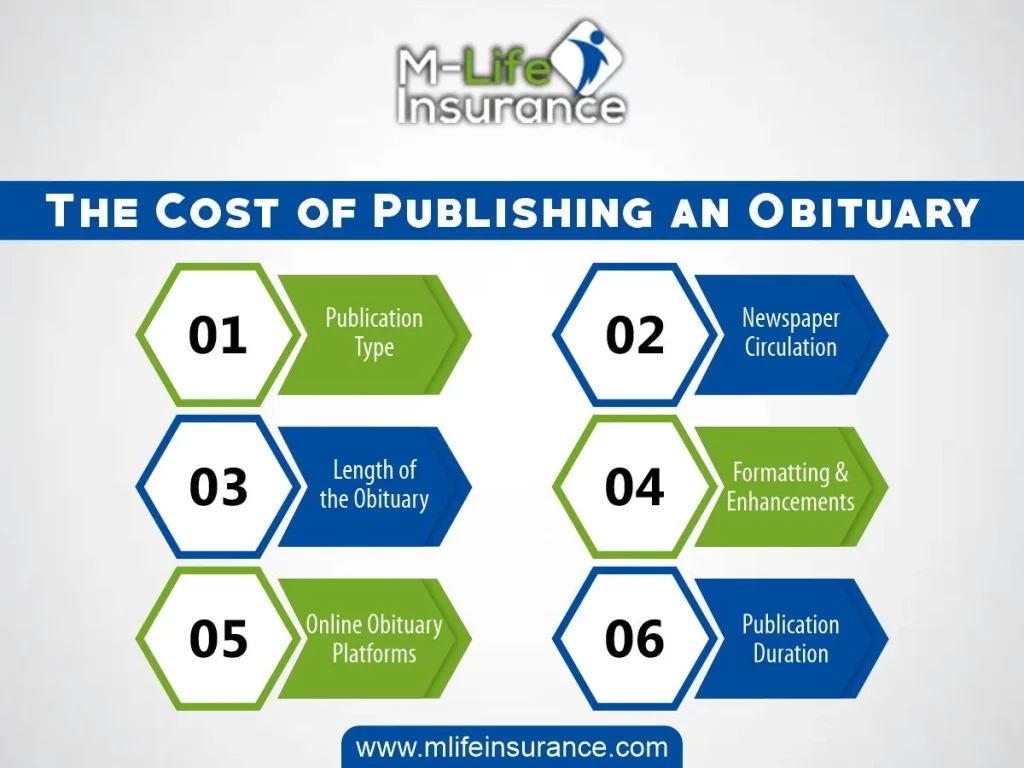In the quiet moments when we say goodbye to our loved ones, a profound need emerges – the need to remember, to cherish, and to honor their legacy. Cremation obituaries, often overlooked in the shadow of grief, offer a timeless canvas where we can paint the stories of those who touched our lives. In this modern age of remembrance, these tributes provide a bridge between the past and the present, weaving a tapestry of memories that defy the erosion of time.
In this blog post, we will explore the concept of cremation obituaries, the different types available, what to include and avoid when writing one, the steps involved, why obituaries are necessary, the cost implications, and even provide some obituary examples. Let’s delve into this meaningful and practical guide on preserving memories through cremation obituaries.
What are Cremation Obituaries?
Cremation obituaries, as the name suggests, are obituaries written to commemorate the lives of individuals who have chosen cremation as their final disposition. They serve as a way to remember, honor, and share the legacy of the departed while adding a personal touch to the memorial.
In a traditional sense, obituaries are written notices that announce a person’s death and provide essential details about their life, such as their birth and death dates, accomplishments, family, and the circumstances surrounding their passing. Cremation obituaries, however, are specifically tailored for individuals who have opted for cremation over burial.
These obituaries come in various formats, allowing for creativity and personalization. They can be presented as traditional written pieces, multimedia tributes that incorporate visuals and videos, or online memorial pages where family and friends can share memories and stories. Cremation obituaries play a vital role in preserving the legacy of the departed while providing a platform for reflection and remembrance.

Types of Cremation Obituaries
Cremation obituaries come in various types, each offering a distinct approach to honoring and remembering the departed. The choice of obituary type depends on the preferences of the deceased or their family. Here are some common types of cremation obituaries:
1- Traditional Cremation Obituaries
These obituaries follow a conventional format and structure similar to standard obituaries. They are typically published in newspapers, on funeral home websites, or in other printed materials. Traditional cremation obituaries provide essential information such as the deceased’s full name, date and place of birth and death, family details, and memorial service information.
2- Creative Cremation Obituaries
Creative obituaries offer a more personalized and flexible approach. They allow for unique storytelling and a more intimate portrayal of the deceased. These obituaries often include personal anecdotes, memorable experiences, and creative narratives that reflect the individual’s personality and passions.
3- Video or Multimedia Obituaries
In this digital age, video or multimedia obituaries are becoming increasingly popular. They incorporate visuals, videos, and audio elements to create a dynamic and immersive tribute. These obituaries may feature a montage of photos, videos of the deceased, and even voice recordings, providing a richer and more interactive way to remember the person.
4- Online Memorial Pages
Online memorial pages or websites are a contemporary way to remember and celebrate the life of the departed. These dedicated web pages or social media profiles serve as a space where family and friends can post memories, photos, stories, and condolences. They offer an ongoing platform for sharing and preserving memories, allowing for a sense of community and connection.
Choosing the right type of cremation obituary depends on the individual’s life story, the preferences of their loved ones, and the desire to create a lasting and meaningful tribute that truly reflects their unique personality and legacy.
What Should You Include or Not Include in Cremation Obituaries
Crafting a cremation obituary requires a delicate balance between providing essential information and sharing meaningful insights about the departed. Here are some guidelines on what to include and what to avoid in cremation obituaries:
What to Include:
- Full Name of the Deceased: Begin with the full name, including any nicknames or preferred titles.
- Date and Place of Birth: Provide the date and place of birth to give readers context about the individual’s early life.
- Date and Place of Death: Clearly state when and where the person passed away.
- A Brief Biographical Summary: Offer a concise overview of the person’s life, including their background, education, and career.
- Significant Life Events: Highlight major life events, achievements, and milestones. This may include education, career accomplishments, awards, or hobbies.
- Surviving Family Members: List surviving family members, such as spouses, children, grandchildren, and siblings. Include their names and relationships to the deceased.
- Information about the Cremation Service: If applicable, include details about the cremation service, memorial, or funeral arrangements. This helps inform readers who may want to pay their respects.
What to Avoid:
- Overly Personal or Intimate Details: While obituaries can be personal, avoid sharing extremely intimate or private information that the deceased or their family may find uncomfortable.
- Negative or Controversial Information: Obituaries should focus on positive aspects of the individual’s life. Avoid mentioning negative or controversial topics or events.
- Excessive Length and Unnecessary Information: Keep the obituary concise and to the point. Readers appreciate brevity and clarity. Avoid unnecessary details that may detract from the main message.
Remember that the primary purpose of a cremation obituary is to honor and remember the person while providing important information about their life and memorial service. By including the key elements listed above and avoiding sensitive or irrelevant content, you can create a respectful and meaningful tribute to the departed.
Steps for Writing an Obituary for a Cremation
Writing an obituary for a cremation can be a meaningful and reflective process. Here are the steps to help you craft a heartfelt and respectful tribute:
Gather Information
Start by collecting all the necessary information. This includes the full name of the deceased, date and place of birth, date and place of death, surviving family members, and details about the cremation service if applicable.
Choose a Format
Decide on the format of the obituary. Will it be a traditional written obituary, a creative narrative, a multimedia tribute, or an online memorial page? Your choice will influence the style and content of the obituary.
Write a Draft
Begin drafting the obituary. Start with a concise and neutral tone, and include the essential information. Mention the significant life events, achievements, and the impact the person had on others. Focus on what made the person unique and the legacy they leave behind.
Edit and Revise
Review the obituary for clarity and accuracy. Ensure that the information flows logically and that the tone remains respectful and neutral. Edit for grammar, spelling, and punctuation.
Seek Feedback
Share the draft with a trusted friend or family member. They can provide feedback, suggest improvements, and help ensure that the obituary accurately reflects the person’s life and impact.
Finalize and Publish
Make any necessary revisions based on the feedback received. Once you are satisfied with the content, you can proceed to publish the obituary. Determine where you would like it to be published, whether in a newspaper, on a funeral home’s website, or as an online memorial.
Why do you need an obituary?
Obituaries serve several crucial purposes, even more so when it comes to cremation:
- Honoring the Deceased: Obituaries provide a platform to pay respect to the departed, sharing their life story with others.
- Informing the Community: They inform the community about the individual’s passing and any memorial services or gatherings.
- Preserving Memories: Obituaries help preserve the memories of the deceased for generations to come.
- Closure and Support: They offer a way for family and friends to find closure and receive condolences from well-wishers.

The Cost of Publishing an Obituary
The cost of publishing an obituary can vary widely depending on several factors, including the location, the publication, the length of the obituary, and the format in which it is published. Here are some key factors that can influence the cost of publishing an obituary:
The choice of where you publish the obituary can significantly impact the cost. Obituaries can be published in newspapers, online platforms, or both. Newspapers often charge for print space, while online platforms may have different pricing models.
If you choose to publish an obituary in a print newspaper, the cost can vary based on the circulation and readership of the publication. Larger newspapers in major cities typically charge more than smaller, local publications.
Many newspapers charge by the word or by the column inch, so the longer the obituary, the higher the cost. To manage expenses, it’s important to be concise and include only essential information.
- Formatting and Enhancements
Some newspapers offer enhancements such as photos, borders, or special fonts, which can add to the cost. You may choose to include these if you want to create a more visually appealing obituary.
- Online Obituary Platforms
If you opt for an online platform, the cost structure can differ. Some websites offer free obituary postings, while others charge a fee for extended features, such as multimedia elements or an extended posting duration.
For online obituaries, the cost may vary based on how long you want the obituary to remain posted. Longer durations typically come with higher costs.
How to Write an Obituary
Writing an obituary can be a daunting task, but it can also be a therapeutic and meaningful process. Here are some tips on how to write an obituary:
- Keep it concise and focused on the most important aspects of the person’s life.
- Use a neutral tone, avoiding emotional or subjective language.
- Mention the key life events, achievements, and relationships.
- Include practical information about memorial services, if applicable.
- Proofread and edit for clarity and accuracy.
Obituary Examples
To help you better understand how to create a cremation obituary, here are a few examples:
Traditional Obituary: “John Smith, born on June 5, 1950, in Springfield, passed away on October 15, 2023, at the age of 73. He is survived by his loving wife, Mary, and their two children, Sarah and Michael. John was a dedicated teacher for 40 years, known for his passion for educating young minds.”
Creative Obituary: “In loving memory of Jane Doe, who danced through life like nobody was watching. Born on a sunny day in May 1965, and now free to twirl among the stars since October 3, 2023. Jane’s artistic spirit and infectious laughter filled every room she entered.”
Conclusion
Cremation obituaries offer a unique opportunity to commemorate a loved one’s life and preserve their memory for generations to come. They come in various forms, from traditional to creative and multimedia tributes, allowing flexibility in how you choose to remember your loved one. By following the steps mentioned in this guide and understanding the significance of obituaries, you can create a heartfelt and respectful tribute that honors their life.
Frequently Asked Questions (FAQs)
1- Can I include religious or spiritual elements in a cremation obituary?
Yes, you can include religious or spiritual elements if they were an important part of the deceased’s life. Just ensure it is respectful and not overwhelming.
2- How do I choose between a traditional and creative obituary?
The choice depends on the personality and preferences of the deceased or their family. Traditional obituaries provide a formal structure, while creative ones allow for more personal storytelling.
3- Are there any specific guidelines for online memorial pages?
Online memorial pages should maintain a respectful tone, and it’s essential to moderate content to ensure it remains a positive and meaningful tribute.
